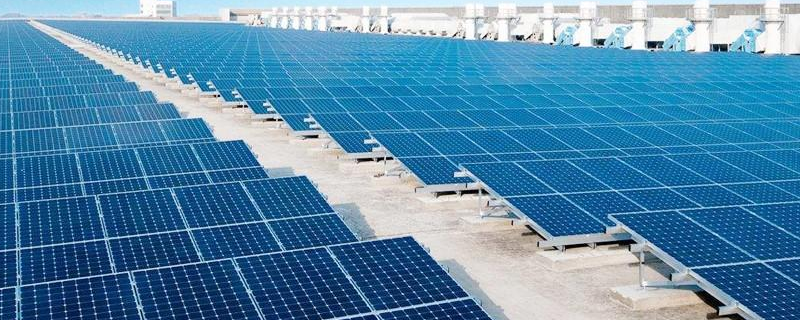

The Importance of Low-E Glass in Modern Architecture
In today's world, where energy efficiency and sustainability have become paramount concerns, the use of Low-E (low emissivity) glass in architecture has gained significant traction. This innovative glazing solution offers various advantages, making it an integral component of modern buildings.
Low-E glass is designed to minimize the amount of infrared and ultraviolet light that comes through the glass without compromising the amount of visible light that enters. This is achieved through a microscopically thin, virtually invisible coating that reflects heat back to its source, whether that’s the interior of a building in winter or the outside in summer. As a result, Low-E glass serves to maintain comfortable indoor temperatures while reducing energy consumption.
The Importance of Low-E Glass in Modern Architecture
Moreover, Low-E glass plays a crucial role in protecting the interior of buildings. Ultraviolet (UV) radiation from the sun can cause fading of furniture, carpets, and artwork. The coating on Low-E glass effectively blocks a large percentage of UV rays, thereby preserving the aesthetic integrity and longevity of interior spaces. This quality is especially valued in commercial buildings, museums, and homes with valuable furnishings or artwork.

In addition to its energy-efficient properties, Low-E glass offers aesthetic benefits as well. Architects and designers appreciate the clarity of Low-E glass, which allows for natural light to flood interior spaces while maintaining a sleek and modern appearance. Low-E windows can be designed to fit various architectural styles, from contemporary skyscrapers to traditional homes, providing versatility without sacrificing form.
The environmental benefits of Low-E glass cannot be overlooked. By reducing energy consumption, buildings contribute to lower greenhouse gas emissions, aiding in the fight against climate change. Additionally, the extended lifespan of furnishings and fixtures due to UV protection means less waste and fewer resources consumed in replacements.
As cities become more populated and the demand for efficient, sustainable living spaces increases, the role of Low-E glass in architecture will continue to expand. Builders and architects are increasingly recognizing the value of incorporating these advanced glazing systems into their designs, both for the immediate benefits and the long-term sustainability they promote.
In conclusion, Low-E glass is not just a trend; it’s an essential element of modern architecture that combines energy efficiency, aesthetic appeal, and environmental responsibility. As technological innovations continue to advance, the advantages of Low-E glass are likely to become even more pronounced, solidifying its place in the future of building design and construction. With its seamless blend of function and form, Low-E glass paves the way for a more sustainable and aesthetically pleasing built environment.